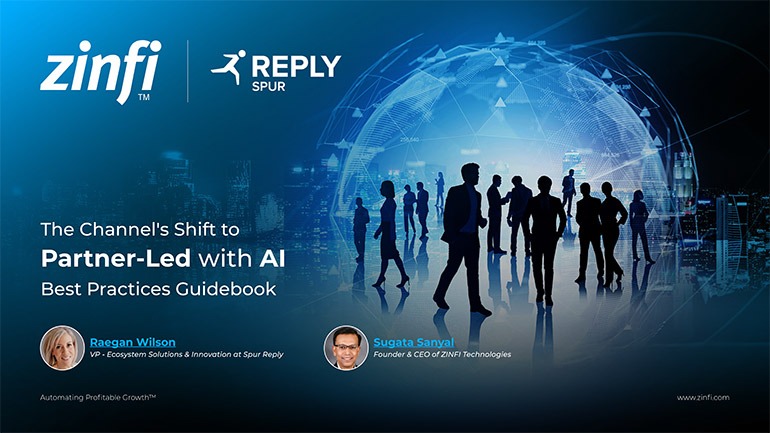Best Practices Articles

How Partner Relationship Management (PRM) Automation Can Untangle Your CRM Mess
If your organization has built a patched-up partner management system by adding applications (or objects) to your existing CRM infrastructure, then it’s likely you are investing enormous resources to answer basic business questions. This is where a purpose-built partner relationship management (PRM) platform can significantly improve your business performance while reducing cost. How does it work? That’s what we will explore in this article.
Until recently, most companies selling through the channel relied on automating their partner management workflow by using their existing CRM infrastructure instead of deploying partner relationship management (PRM) automation. However, when you try to manage certain program-related activities—things like marketing, lead management, incentives management, training and so on—with this kind of patched-up infrastructure, you will encounter three main problems.
- Lack of data flow – When you use an object-based (i.e., application-based) approach to expand your current CRM system as a PRM platform, it makes the flow of records—and therefore business intelligence—very hard to develop. This, in fact, is the fundamental reason you are not realizing your business performance, because your infrastructure is failing to give you the right information at the right time.
- Enormous maintenance costs – Every time you want to make any addition or change to a part of the platform, you have to worry about what components you will end up breaking. Also, limited IT resources prevent you from making the changes you need to keep moving forward as your channel evolves and changes are required. This can quickly make your organization’s channel infrastructure obsolete.
- Poor partner experience – If you have six different applications (yes, we have seen it) patched to an existing CRM infrastructure, it is highly likely that each of these applications have their own business logic flow and therefore different user interfaces. It becomes a nightmare for a partner to learn all these different apps.
- Courage – To truly get out of the tangled web that you have woven over the years, you first need to muster organizational courage. Yes, I know. It's not easy, but the best approach is to engage multiple executive sponsors (cross-functional) and have this conversation. Lay out examples of poor partner experience, IT costs and change-management issues, but most importantly explain how these issues are affecting the organization’s ability to make the right decisions and perform at an optimal level.
- Vision – Once you have been able to muster executive support to start an evaluation process of what the end state could be, reach out to vendors like ZINFI and analyst firms to build a vision of what your PRM infrastructure should look like. Focus the discussion on key business questions you need to answer on a dynamic basis and the objectives you need to satisfy. Don’t get carried away looking at PRM features. Instead, begin by prioritizing key processes that are ripe for automation.
- Commitment – This is where a fully funded plan can make your vision a reality. When you have cultivated executive sponsorship, and you have created a vision of the end state and how it can drive profitable growth and a much better partner experience, now you need to focus on how to get there step by step. Your CRM didn’t get tangled up overnight; likewise, you can’t expect to untangle it in a quarter. Have a clear four-to-six-quarter implementation plan and then go at it in a focused manner.
- Rip and replace – Start with the least disruptive application. While this approach may not be intuitive, and though the temptation is always to go after the biggest pain point, the reality is you need to minimize risk. Therefore, begin by undoing one application and moving it to a purpose-built PRM platform, and learn from that initial step.
- Build a sequence – Once you have determined the first application, then focus on the next one and the next, beginning with less disruptive applications and continuing until you eventually get to the most impactful and highly used applications. Each organization is different and each has a different set of applications, so it makes little sense for me to suggest a specific application sequence and pretend it will work for every situation. We will discuss that topic in another article
- Turn on, wait, then turn off – Once you have laid out a sequence, then you need to figure out the migration plan for each application in detail. However, don't try to focus on what you will be doing six quarters out. Focus on the immediate quarter, because your plan will evolve as you migrate the first applications. Also, don't switch all partners instantly to the new application. Turn on your PRM, migrate a few partners, observe, tweak and take stock. When any problems have been worked out, then fully migrate all partners, and then turn off your CRM application.
- Run parallel – While this is an exception rather than a rule, you may end up deciding to keep certain partners for a while on your old CRM. Yes, you will have two infrastructures running parallel for a while, but be pragmatic: The time your organization will save on the new PRM will easily compensate for the complications of running a second system for a while.
- Improvise and improve – Each deployment environment is different. If you have different partner tier systems in different regions, then you have to figure out how to deal with that. If you are in the middle of an acquisition, you have to take that into account. Here’s the bottom line: As long as you have people with specific domain expertise involved, improvise a plan, write it down and then commit to improving on it as you move forward quarter by quarter, you will ultimately succeed.
I know that migrating your entire infrastructure over from a patched-up CRM to a purpose-built PRM seems like a daunting task, but what choice do you have? If your current system is not giving you insights on how to run your business better, and if you are experiencing poor partner adoption, tepid engagement and low satisfaction levels, then business considerations alone should be driving this change. However, change is hard. There will be many in the organization who will question such a move despite executive sponsorship and raise issues with any new system. After all, very few people like switching to new software, no matter how much easier it may be in the long run. Functions may change, automation may reduce resource requirements and budget priorities, and ownership may shift. So you need to be strong and courageous, have a clear vision of the end result, work hard to secure leadership commitment and then relentlessly execute. With all this said, you are not alone. There are many resources for you tap in to make this CRM-to-PRM switch a reality. Analysts and consulting organizations are good places to turn to. Another place to turn is to vendors like ZINFI, who have been serving a full range of business environments, from the simplest to the most complex. (The details of making your PRM transition a reality is a topic we will soon cover in a separate article.)
I want to conclude by reassuring you that—once you finish migrating your patched-up applications to a unified PRM platform—you will see dramatic improvements in your business performance. You will understand why certain partners are delivering results, and why others are not. You will be able to figure out what programs are most effective, and how to scale those programs globally without losing momentum. And, before you know it, those four-to-six quarters will be over, and you will be where you always wanted to be, even if you thought you could never get there.
Best Practices Guidebook
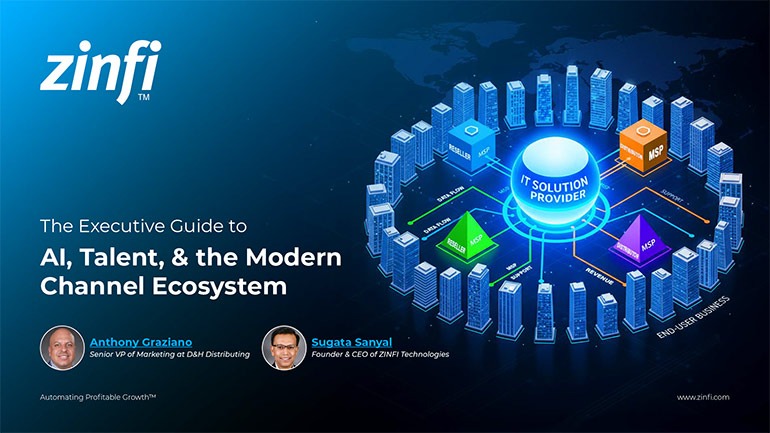 Modernizing Channel Marketing: AI and Ecosystem Enablement Best Practices
Modernizing Channel Marketing: AI and Ecosystem Enablement Best PracticesDownload for FREE
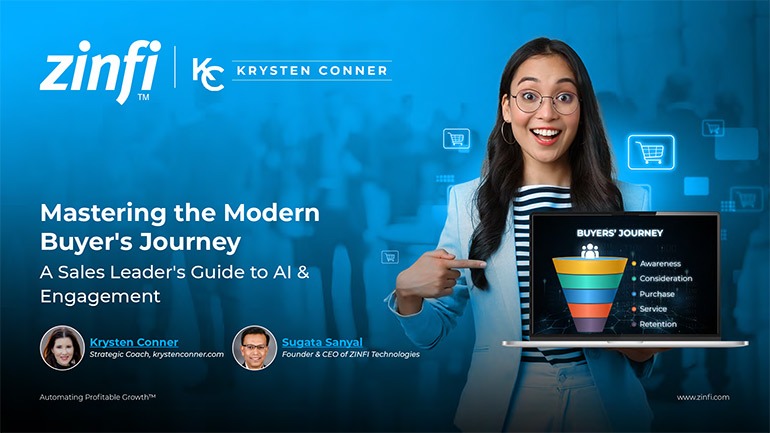 The Channel’s Shift to Partner-Led With AI Best Practices
The Channel’s Shift to Partner-Led With AI Best PracticesDownload for FREE
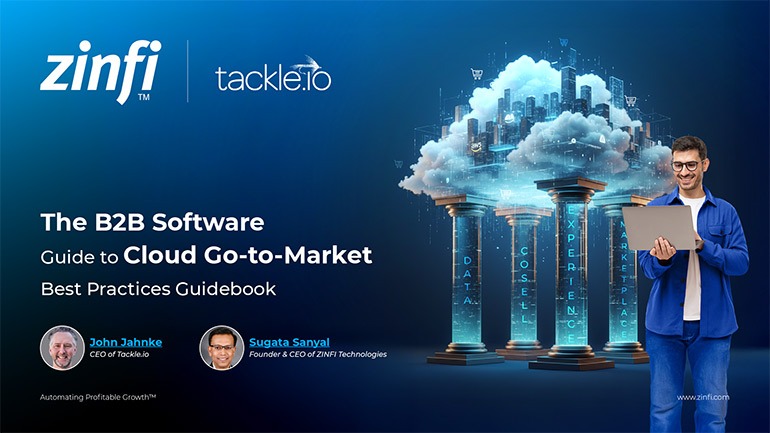 Hyperscalers, ISVs, and AI: Shaping the Future of B2B Software Distribution
Hyperscalers, ISVs, and AI: Shaping the Future of B2B Software DistributionDownload for FREE
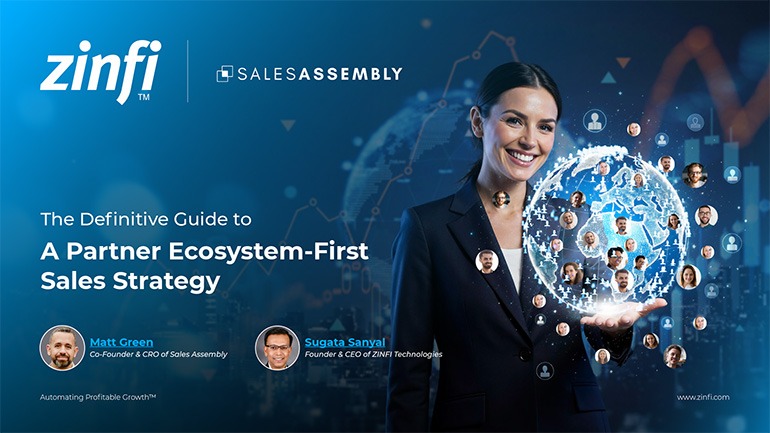 Definitive Guide to a Partner Ecosystem-First Sales Strategy
Definitive Guide to a Partner Ecosystem-First Sales StrategyDownload for FREE
 The Partner-Led Digital and AI Transformation Best Practices
The Partner-Led Digital and AI Transformation Best PracticesDownload for FREE
 Startup Talent Recruitment: Hiring Missionaries, Not Mercenaries
Startup Talent Recruitment: Hiring Missionaries, Not MercenariesDownload for FREE
 The Future of Partner Relationship Management with AI in Partnerships
The Future of Partner Relationship Management with AI in PartnershipsDownload for FREE
 Cybersecurity for the 99%: Strategies from the Frontline
Cybersecurity for the 99%: Strategies from the FrontlineDownload for FREE
 Mastering Partner Relationships: A Strategic Approach to Business Growth
Mastering Partner Relationships: A Strategic Approach to Business GrowthDownload for FREE
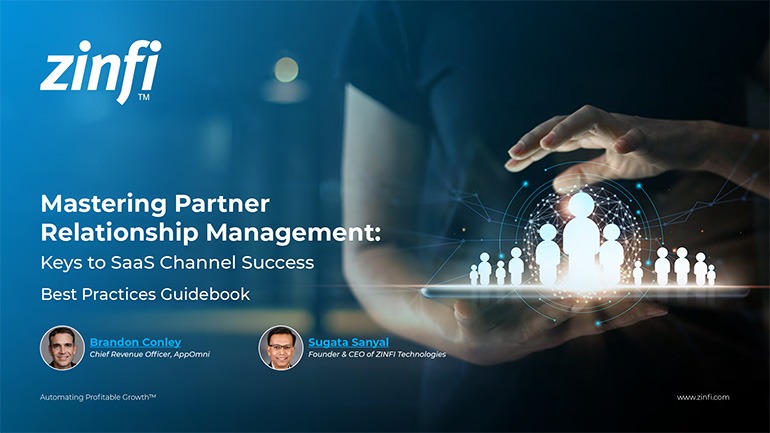 Mastering Partner Relationship Management: Keys to SaaS Channel Success
Mastering Partner Relationship Management: Keys to SaaS Channel SuccessDownload for FREE
 Navigating the AI Revolution: Guide for Partners in the Microsoft Ecosystem
Navigating the AI Revolution: Guide for Partners in the Microsoft EcosystemDownload for FREE
 Mastering the Modern Buyers Journey: Sales Leader’s Guide to AI & Engagement
Mastering the Modern Buyers Journey: Sales Leader’s Guide to AI & EngagementDownload for FREE

